Blueberries : Nutrition Facts / 100gr

100gr. of blueberries is about 3/4 of a cup.
Carbohydrates
14.5 gr
5.8%
Sugars
9.96 gr
20 %
Fiber
2.4 gr
9.6 %
Protein
0.74 gr
0.5%
Total Fat
0.33 gr
0.7%
Macros Ratio
Energy /100gr blueberries
Daily Coverage for 2000kcal diet
Calories
57kcal
2.9 %
Vitamins, Minerals & Trace Elements /100gr Blueberries
Vitamin Κ Women🚺
19.3 μg
21.4 %
Manganese Women🚺
0.336 mg
18.7 %
Vitamin Κ Men🚹
19.3 μg
16.1 %
Manganese Men 🚹
0.336 mg
14.6%
Vitamin C Women 🚺
9.7mg
12.9 %
Vitamin C Men 🚹
9.7 mg
10.8 %
Copper 🚹 🚺
57 mg
6.3 %
Vitamin Β6 🚹 🚺
0.052 mg
4. %
Vitamin E 🚹 🚺
0.9 IU
3.8 %
Rivoflavin (Β2 ) Women 🚺
0.041 mg
3.7 %
Rivoflavin (Β2 ) Men 🚹
0.041 mg
3.2 %
Anthocyanins: The hidden blue power of blueberries

Blueberries have been considered superfoods in recent decades and are a trademark of a healthy lifestyle. They have strong antioxidant and anti-inflammatory effects and contain fiber , minerals and trace elements, zero fat and are low in calories. As a fruit, blueberry shares a set of mechanisms and characteristics with all other fruits, which help maintain a low weight and promote our overall health. ( Read more about the fruit obesity paradox here )
What makes blueberries special is their high content of bioactive flavonoids, the anthocyanins .
Anthocyanins are responsible for their intense blue color, and are the ingredient that make blueberries unique. There has been a lot of research on humans, animals and in vitro which has come to specific and proven benefits that blueberries have for our health.
List of fruits high in Anthocyanins (mg /100gr)
There are also other fruits that contain anthocyanins, mainly those that have an intense dark blue or purple color. Blueberries, however, have the highest content of bioactive anthocyanins for which extensive clinical research has been conducted on the benefits of their consumption.
Anthocyanins /100gr of fruit

Lowbush Blueberries
487 mg /100 gr

Highbush Blueberries
387 mg /100 gr

Blackberries
245 mg /100 gr
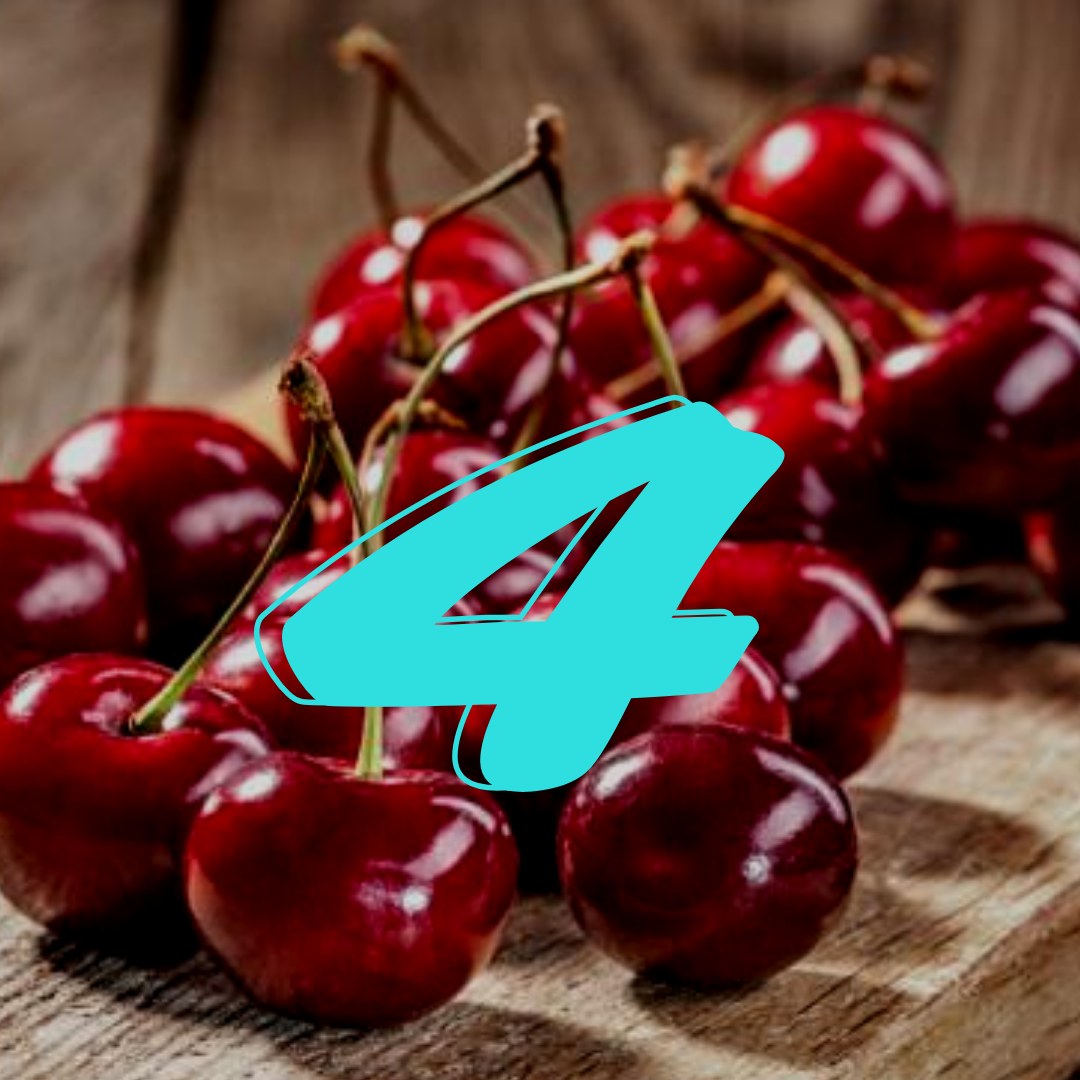
Cherries 🍒
122 mg /100 gr

Black Grapes
120 mg /100 gr

Black Plums
116 mg /100 gr
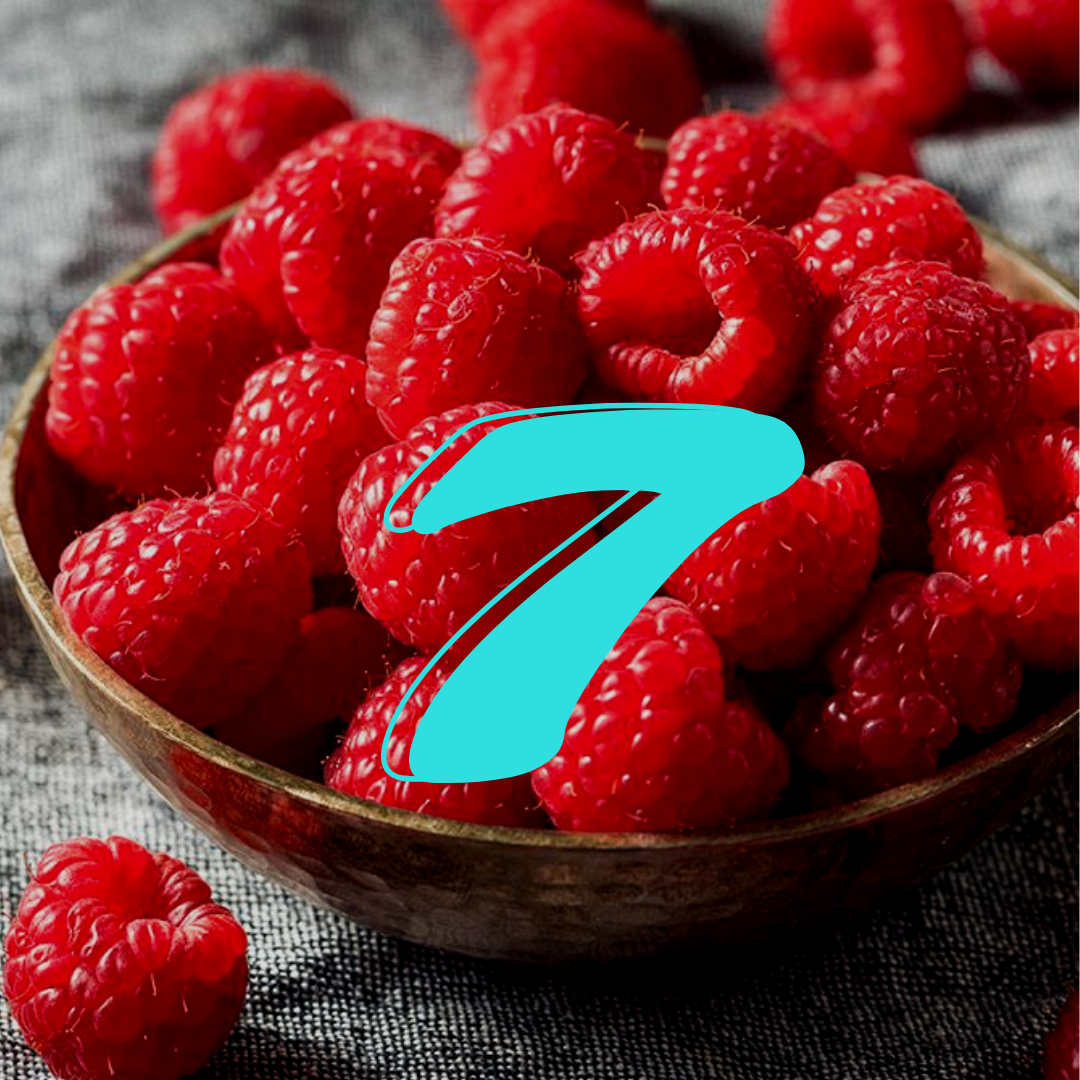
Raspberries
92 mg /100 gr

Red Grapes
22 mg /100 gr

Strawberries
21 mg /100 gr

Red Plums
20 mg /100 gr
The benefits of blueberries health based clinical research

Cardiovascular Health
High anthocyanin intake has been associated through 6 clinical studies with:
• 26% lower risk of coronary heart disease
• 32% lower risk of myocardial infarction
• 8-10% lower risk of developing hypertension
Blueberries benefit the cardiovascular system in a variety of ways through their anti-inflammatory and antioxidant effects.

Prodiabetes
Clinical studies which compared different fruits and flavonoids and their effect on diabetes risk have reached the following conclusions:
• Of all the fruits examined, blueberies were associated with 26% lower risk of developing Type 2 Diabetes (TDM)
• Higher anthocyanin intake compared to other flavonoids improved insulin resistance
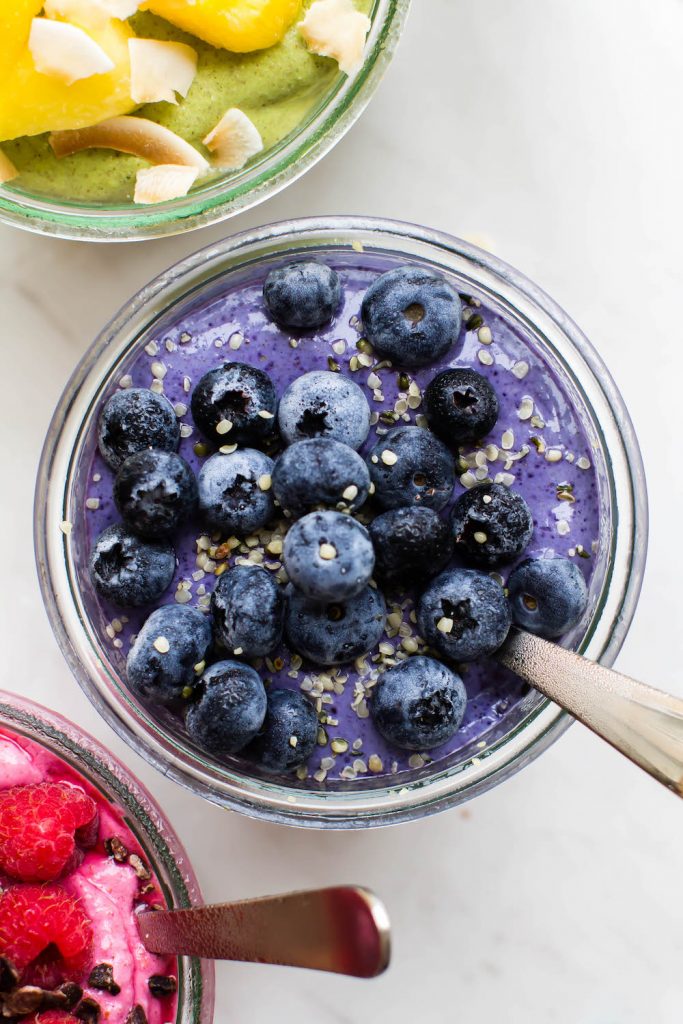
Weigh Loss
Regarding weight loss and maintaining a normal weight, comparative studies of different types of fruits and flavonoids have concluded as follow:
• High intake of anthocyanins in identical twins was associated with 3-9% lower body fat and lower waist circumference
• Compared to other 12 fruits, blueberries were associated with lower weight intake (-0.64 in 4 years)
• Compared to other flavonoids, anthocyanins were also associated with lower weight intake (-0.1 kg / 10mg)

Muscle Mass Increase
When asked by a group of 22 women to consume 1.7 cups of blueberries a day for 6 weeks the results were immediate:
• The number of progenitor muscle cells (cells that later convert to muscle) was increased in women 25-40 years old and the number of dead muscle cells was decreased.
• However, there was no such increase in the age of 60-75 years.
The strong anti-inflammatory and antioxidant action of blueberries is also considered to help muscles recover properly after an intense workout.

Improving Cognitive Performance
Blueberries seem to provide neuroprotection and improve cognitive functions. Specific studies have concluded:
• High consumption of blueberries protects against the risk of Parkinson's, Alzheimer's and dementia
• Anthocyanin consumption appears to delay cognitive decline in the elderly by 2.5 years
• Increased consumption of anthocyanins led to increased cognitive performance in the elderly
• After 12 weeks of consuming blueberries, adults showed increased brain activity on magnetic resonance imaging.
• School children showed improved cognitive performance after 2 hours of consuming blueberries while a higher dose -30gr versus 15gr of blueberries powder- showed a greater improvement in executive and long-term memory.
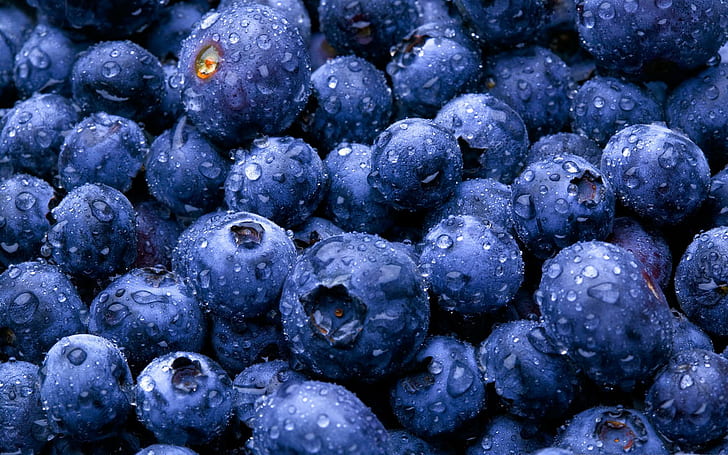
Anti-inflammatory and Antioxidant Action
Bulberries contribute to general health and healthy aging due to the ways they improve dangerous biomarkers for diseases such as hypertension, obesity, coronary heart disease disease, diabetes, dementia, Alzheimer's etc
In particular, research has shown that blueberries:
• Have anti-inflammatory and antioxidant action
• Provide cardiovascular protection and neuroprotection
• Increase glucose tolerance in sensitive tissues
• Improve the gut microflora
• Reduce overall dangerous biomarkers (inflammation, oxidative stress, low glucose tolerance ) leading to most common diseases of the general population (obesity, cardiovascular, neurodegenerative diseases such as dementia and Alzheimer's)
The domestication of BLUEBERRIES
HOW A GIRL WAS THE STARTING POINT FOR MASS PRODUCTION OF the PRECIOUS blueberries
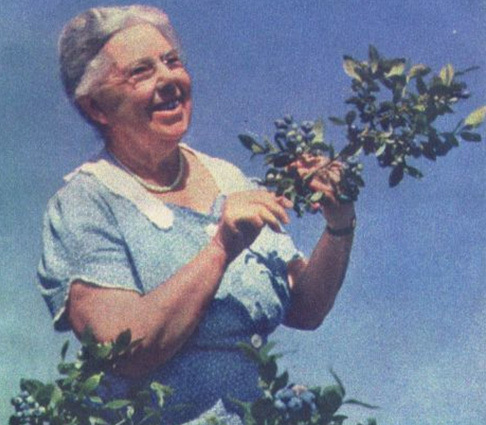
In the beginning of the 20th century, people did not believe that wild blueberries could be domesticated and be mass produced in crops.
But Elizabeth White, the daughter of a New Jersey farmer, was keenly interested in wild blueberries and was determined to domesticate and cultivate them.
In 1911, she collaborated with botanist Frederick Coville to identify wild plants with the most desirable properties, crossed shrubs and created new varieties of raspberries. Coville and White sold the first commercial blueberry crop from Whitesbog, N.J., in 1916.
About 100 years have passed since then, and nowadays blueberries are mass-produced by growers around the world, to reach every home fresh or frozen.
Ways of Consumption and effect on ingredients and anthocyanins
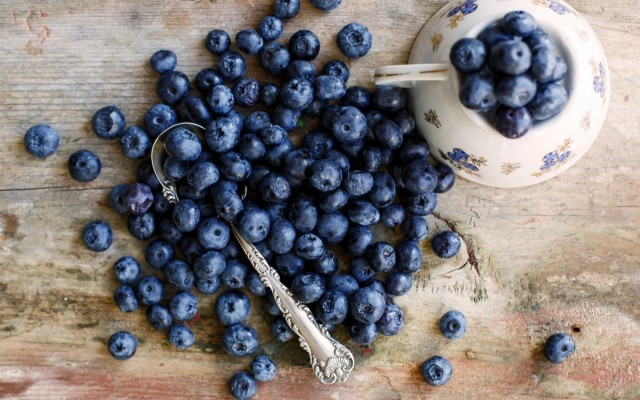
The best way to get all the nutrients and bioactive anthocyanins is to eat whole fresh blueberries.
The next best way is to eat frozen blueberries. Frozen blueberries appear to have only a 12% reduction in anthocyanin content for a frosting period of up to 10 months after harvest.
Dried bilberries that have been heat treated lose a large percentage of their anthocyanins. However, if the treatment has been done by non-thermal means (eg high pressure), the losses are less.
Their homogenization also causes oxidation and reduction of their anthocyanins and flavonoids. Finally, shelf products such as jams, juices, etc. have the greatest loss of anthocyanins and nutrients.
To get the maximum benefits from blueberries it is important to consume them whole fresh or even frozen to take all the antioxidants and bioactive anthocyanins.
Sources & Links
- Blueberries Raw -Food Data Central -USDA
- Blueberries and Their Anthocyanins: Factors Affecting Biosynthesis and Properties -Winny Routray and Valerie Orsat- Oline Library Wiley
- Recent Research on the Health Benefits of Blueberries and Their Anthocyanins- -Wilhelmina Kalt, Aedin Cassidy, Luke R Howard, Robert Krikorian, April J Stull, Francois Tremblay, Raul Zamora-Ros, OXFORD Academic
- US HighBush Blueberry Council
